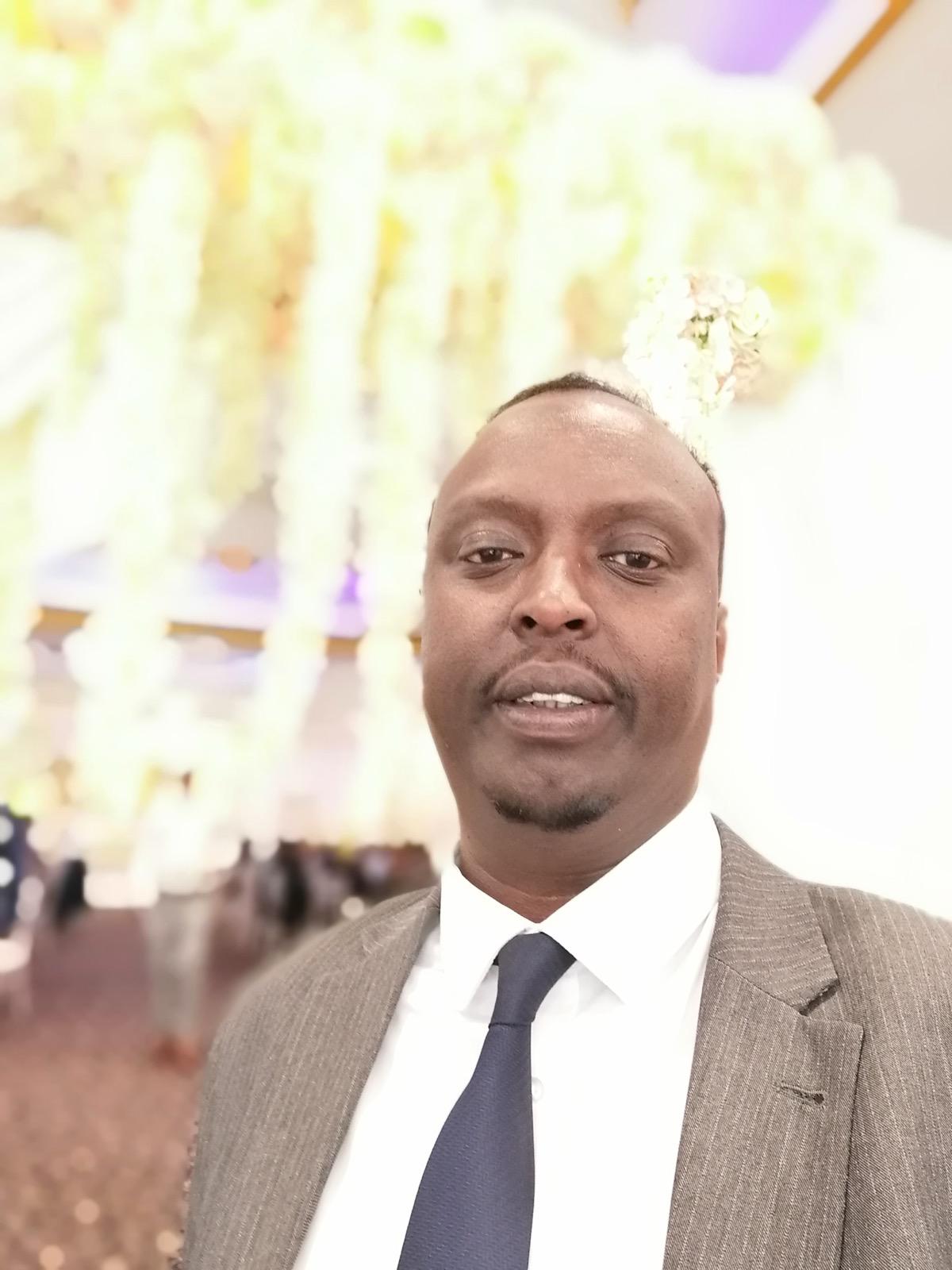Laambad ( Cabdiraxmaan Buuni)
*Introduction :
Somalia and Somaliland, though historically and culturally linked, have followed divergent political and governance trajectories since the collapse of Somalia’s central government in 1991. Somalia remains engaged in a peacebuilding process, aiming to restore stability and governance after decades of civil conflict. In contrast, Somaliland has already undergone state-building, establishing a functional government and relatively stable institutions. This article explores the fundamental differences between peacebuilding and state-building, using Somalia and Somaliland as case studies.
*Understanding Peacebuilding :
Peacebuilding refers to efforts aimed at preventing conflict, reducing violence, and fostering conditions for sustainable peace. It involves reconciliation, dialogue, institution-building, and humanitarian interventions. The key aspects of peacebuilding include:
*Conflict Resolution: Addressing underlying grievances and fostering reconciliation among warring factions.
Security Sector Reform: Strengthening police and military institutions to prevent further instability.
*Governance Development: Encouraging inclusive political participation and rule of law.
*Humanitarian Assistance: Providing aid to populations affected by conflict to reduce suffering and restore livelihoods.
*Peacebuilding in Somalia :
Since the fall of the Siad Barre regime in 1991, Somalia has struggled with internal conflicts, terrorism, and political fragmentation. Peacebuilding efforts in Somalia have been led by both local and international actors, focusing on:
*Reconciliation Efforts: Numerous peace conferences have been held, with external mediation from the African Union, the United Nations, and regional bodies.
*Federalism as a Framework: The establishment of a federal system aims to decentralize power and accommodate different clans and regional interests.
*Security Challenges: Somalia faces persistent threats from Al-Shabaab and other militant groups, requiring ongoing counterterrorism efforts.
*Humanitarian Support: International organizations provide aid to mitigate the effects of famine, displacement, and poverty.
*Despite progress, Somalia’s peacebuilding process remains fragile due to ongoing security threats, political instability, and clan-based rivalries.
*Understanding State-Building :
State-building focuses on creating or strengthening government institutions, ensuring rule of law, and establishing a legitimate authority capable of governing effectively. Key components of state-building include:
*Institutional Development: Establishing effective government structures, including executive, legislative, and judicial branches.
*Legal and Political Frameworks: Drafting constitutions, holding elections, and enforcing laws.
*Economic Stability: Developing infrastructure, financial systems, and sustainable economic policies.
*Social Cohesion: Building national identity and fostering unity among diverse communities.
*State-Building in Somaliland
Unlike Somalia, Somaliland declared independence in 1991 and has pursued a structured state-building process. Key aspects include:
*Democratic Governance: Somaliland has held multiple elections, ensuring a relatively stable democratic system.
*Institutional Framework: A functioning government with executive, legislative, and judicial branches has been established.
*Security and Stability: Unlike Somalia, Somaliland has successfully maintained security, with minimal threats from extremist groups.
*Economic Development: While still reliant on remittances and livestock exports, Somaliland has made progress in economic self-sufficiency.
*Key Differences Between Peacebuilding and State-Building
*Feature
Peacebuilding (Somalia)
State-Building (Somaliland)
Primary Goal
*Ending conflict and fostering reconciliation
*Establishing governance structures and sustainable institutions
*Approach
Mediation, security reform, humanitarian aid
*Constitutional governance, economic development, institution-
building .
*Challenges
Ongoing violence, political fragmentation, terrorism
*Lack of international recognition, economic constraints
*International Role :
Heavy involvement in mediation and aid
*Minimal reliance, self-driven governance
*Conclusion :
The difference between peacebuilding and state-building is evident in the contrasting trajectories of Somalia and Somaliland. While Somalia remains in the peacebuilding phase, struggling with conflict resolution and political stability, Somaliland has moved beyond that stage to establish functioning institutions. Understanding these distinctions is crucial for policymakers and international actors working toward stability in the Horn of Africa. Addressing Somalia’s challenges requires strengthening peacebuilding efforts, while Somaliland's focus remains on sustaining and enhancing its state-building progress despite its lack of international *recognition.
Call for International Recognition
The international community should acknowledge that Somaliland has successfully built a stable and democratic state, separate from Somalia's ongoing conflicts. It is essential to recognize that the unification between Somalia and Somaliland on July 1, 1960, was voluntary and lacked legal ratification. Given Somaliland’s achievements in governance, security, and development, its quest for recognition deserves serious consideration by global stakeholders.
By: Abdirahaman Buni
 hadhwanaagnews
hadhwanaagnews